University Project Feasibility Report: Business Development Analysis
VerifiedAdded on 2020/04/21
|5
|699
|48
Report
AI Summary
This report examines the feasibility of a project, focusing on the critical aspects of business development. It begins by defining a business case and its relationship to project feasibility, emphasizing the analysis of costs, benefits, and risks. The report then delves into the financial feasibility of a project, suggesting strategies to increase viability by managing costs, start-up capital, and revenue projections. Finally, it evaluates the advantages and disadvantages of Seattle Public Utilities' benchmarking approach in selecting a DBO contractor, highlighting how it fosters competitiveness and process improvement while acknowledging its limitations in competitor analysis and potential for complacency. The report references relevant literature to support its analysis, offering a comprehensive overview of project feasibility within the context of business development.
1 out of 5
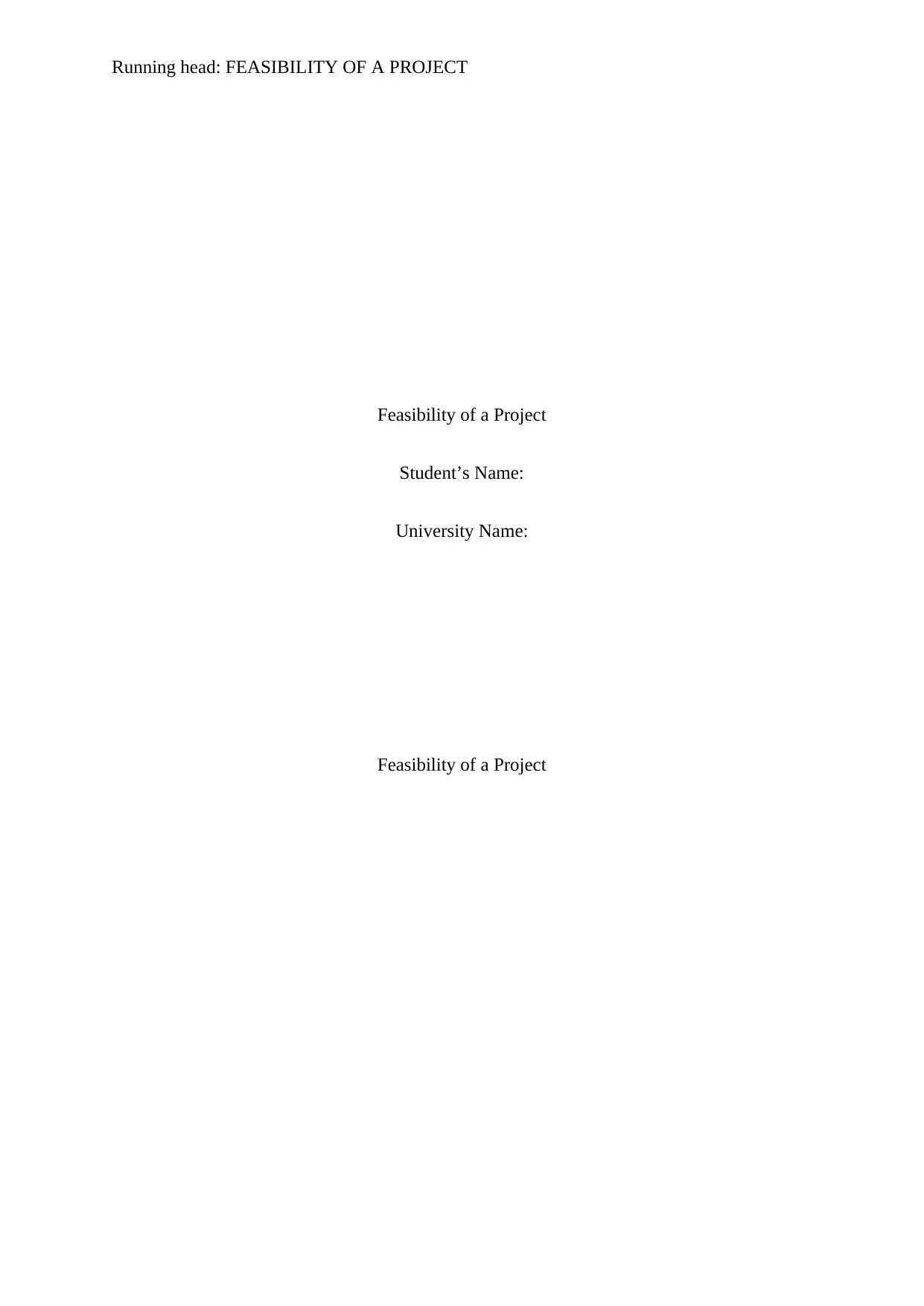
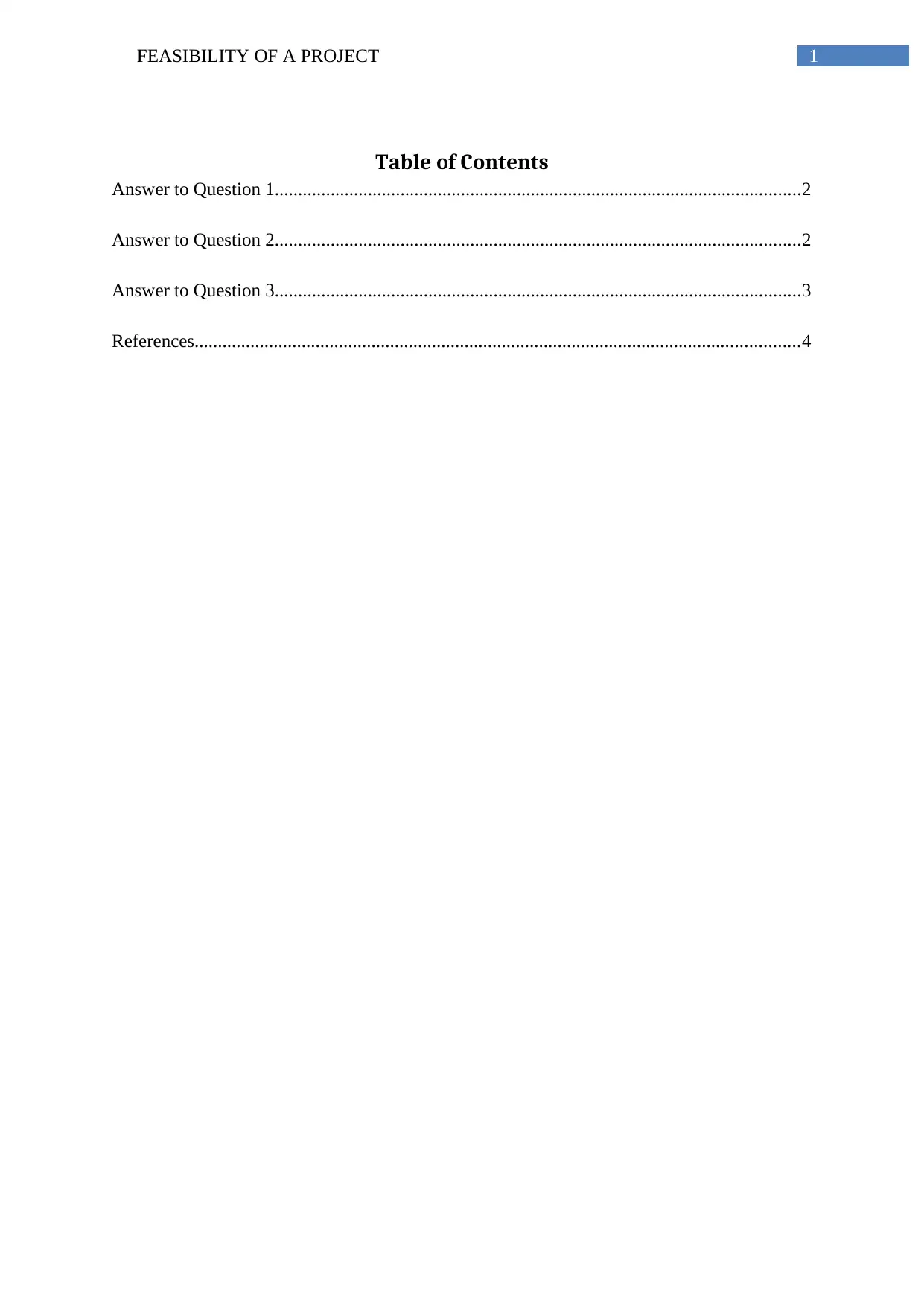
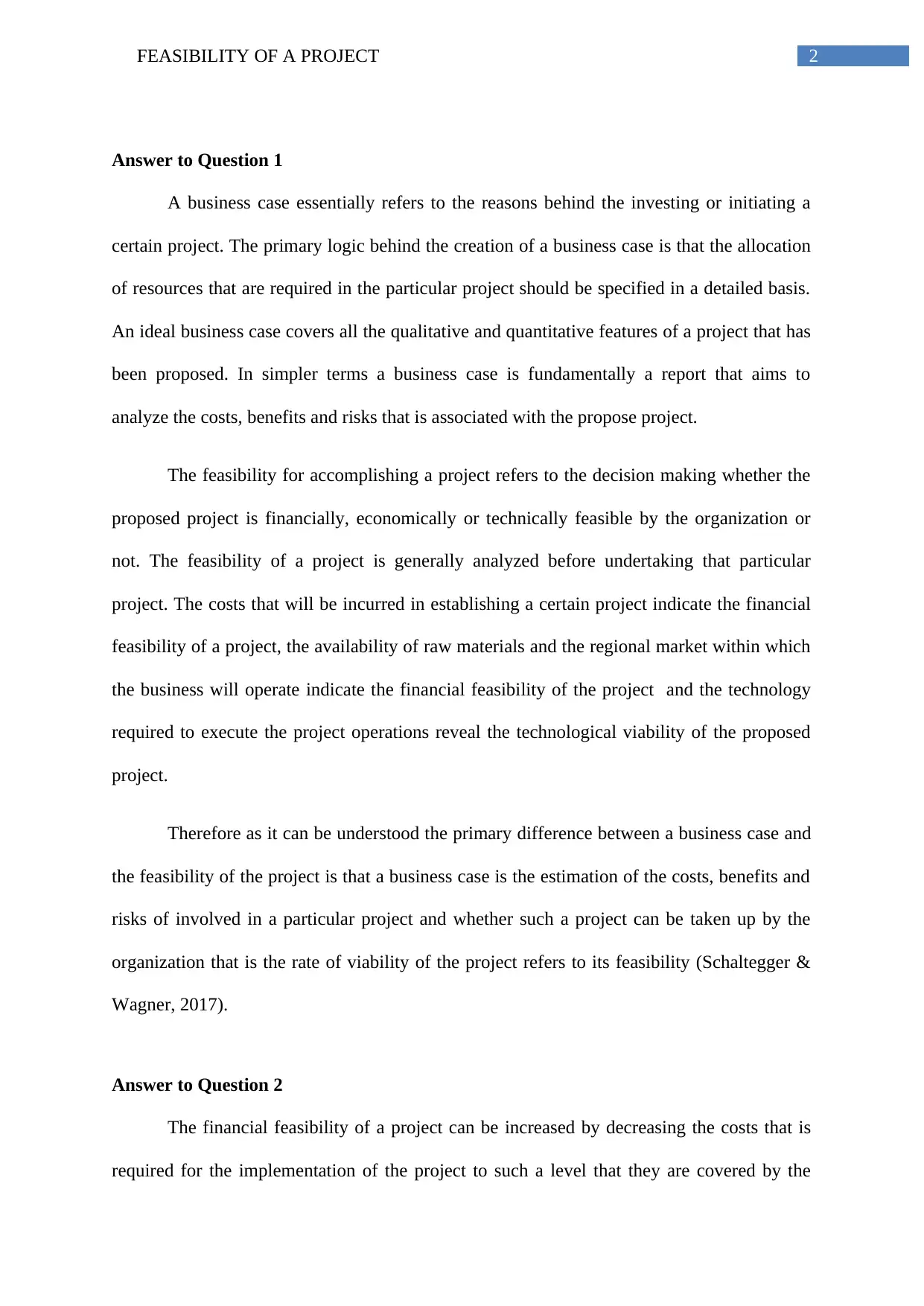

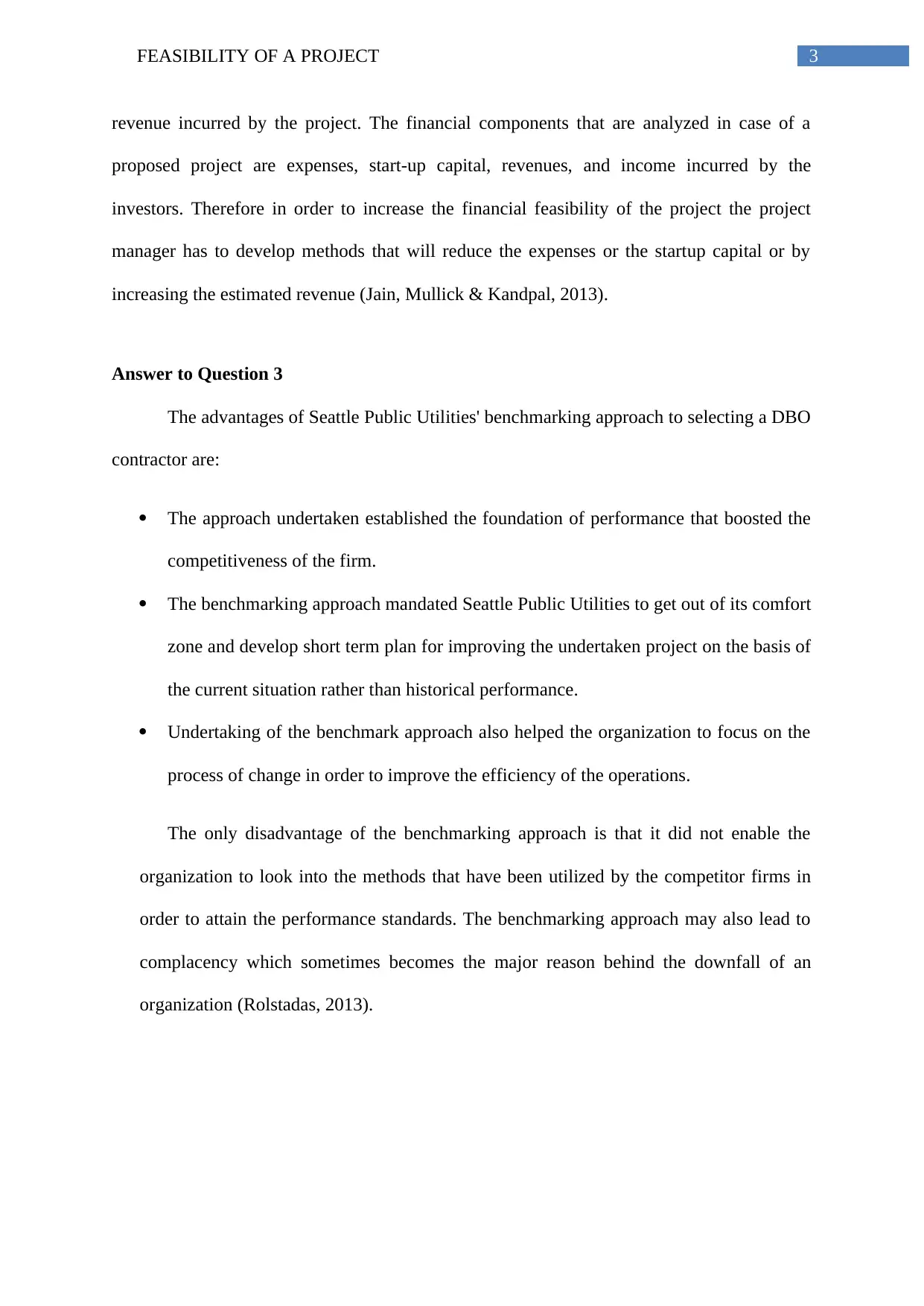
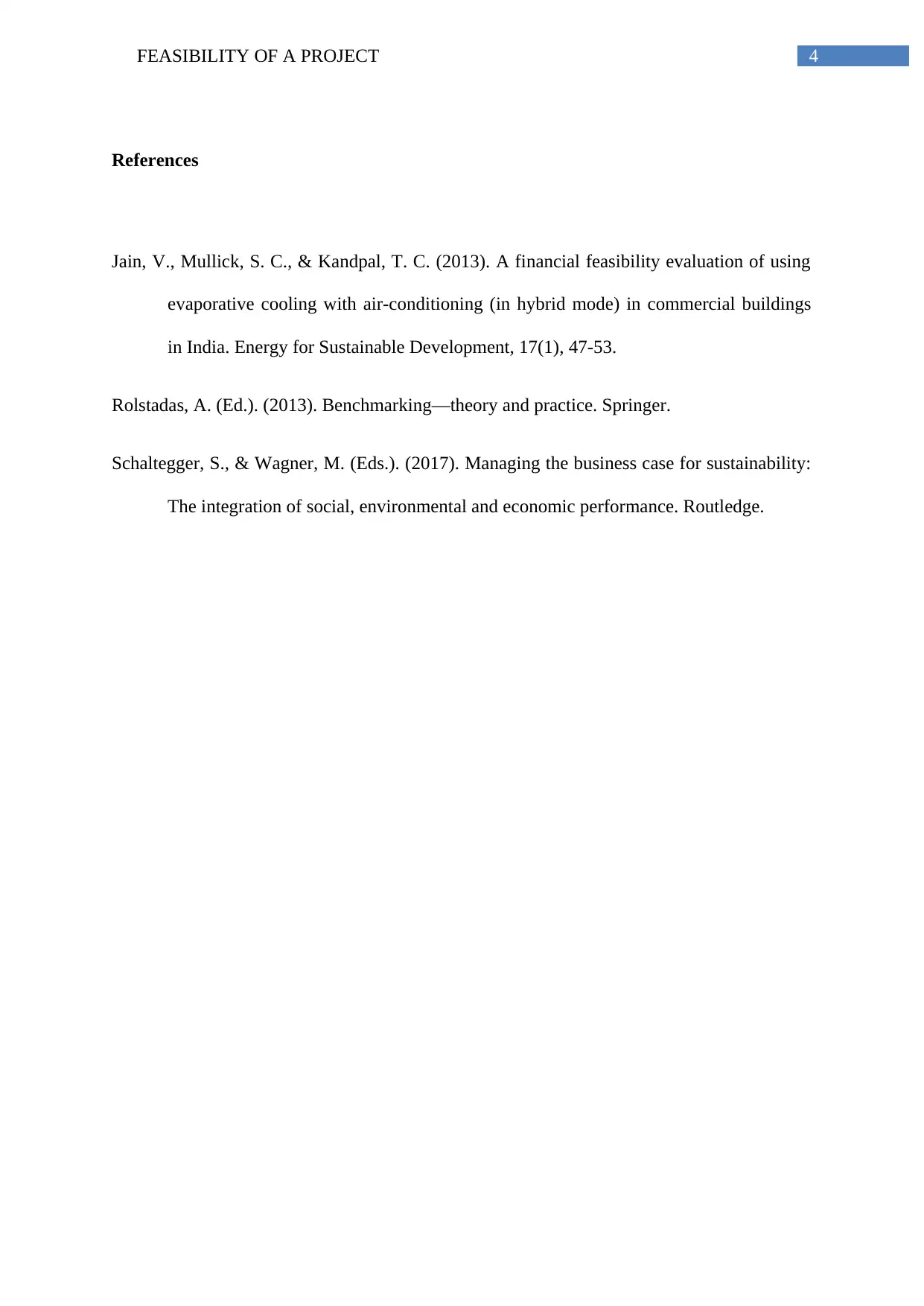





![[object Object]](/_next/static/media/star-bottom.7253800d.svg)